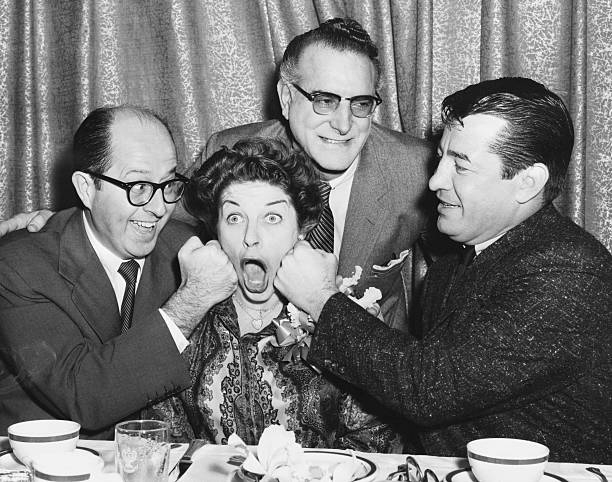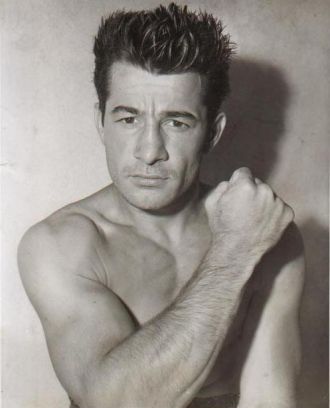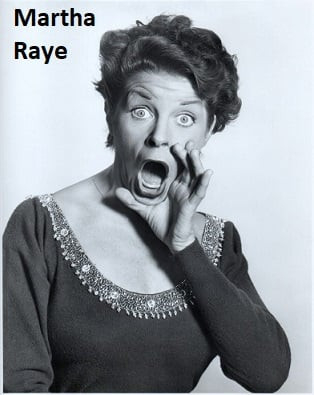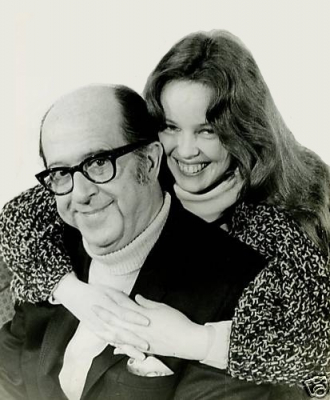Rocky Graziano and friends
A photo of "Rocky Graziano" with Phil Silvers, Martha Raye, Carmine DeSapio.
Date & Place:
Not specified or unknown.


 Amanda S. Stevenson
Amanda S. Stevenson 







